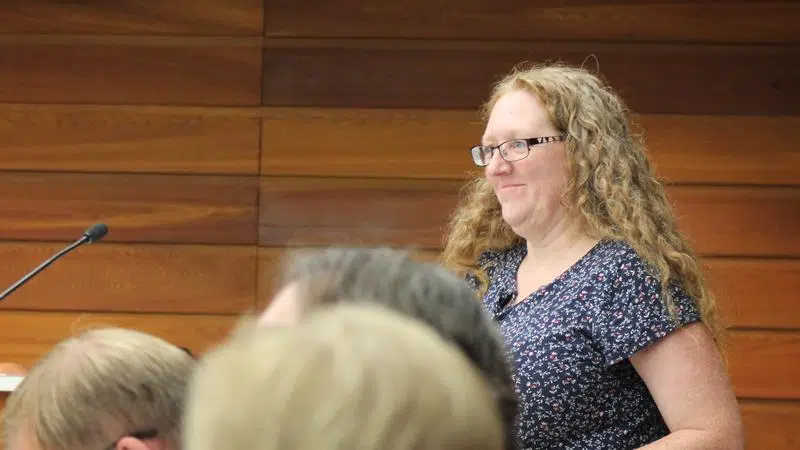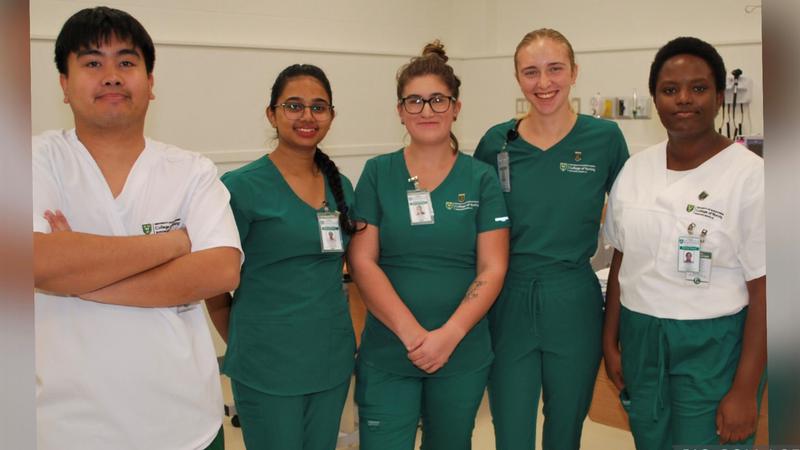
Audit shows half of city’s trash is compostable
Garbage and green beans. Rubbish and rutabaga.
North Battleford’s residential waste audit results, presented by Assistant Director of Utility Services Tammy MacCormack at council Monday, indicated that half of what residents are putting into their trash is actually compostable.
Mayor Ryan Bater was somewhat taken aback with the findings.
“This audit was an attempt to measure and to track the amount of waste going into the facility, both through the grey garbage bins as well as the blue recycle bins,” Bater said. “It provided some surprising information to council, [but] maybe not to those who were involved in the industry. But to find out that half of everything that goes into the landfill was compostable was a surprise to me.”


